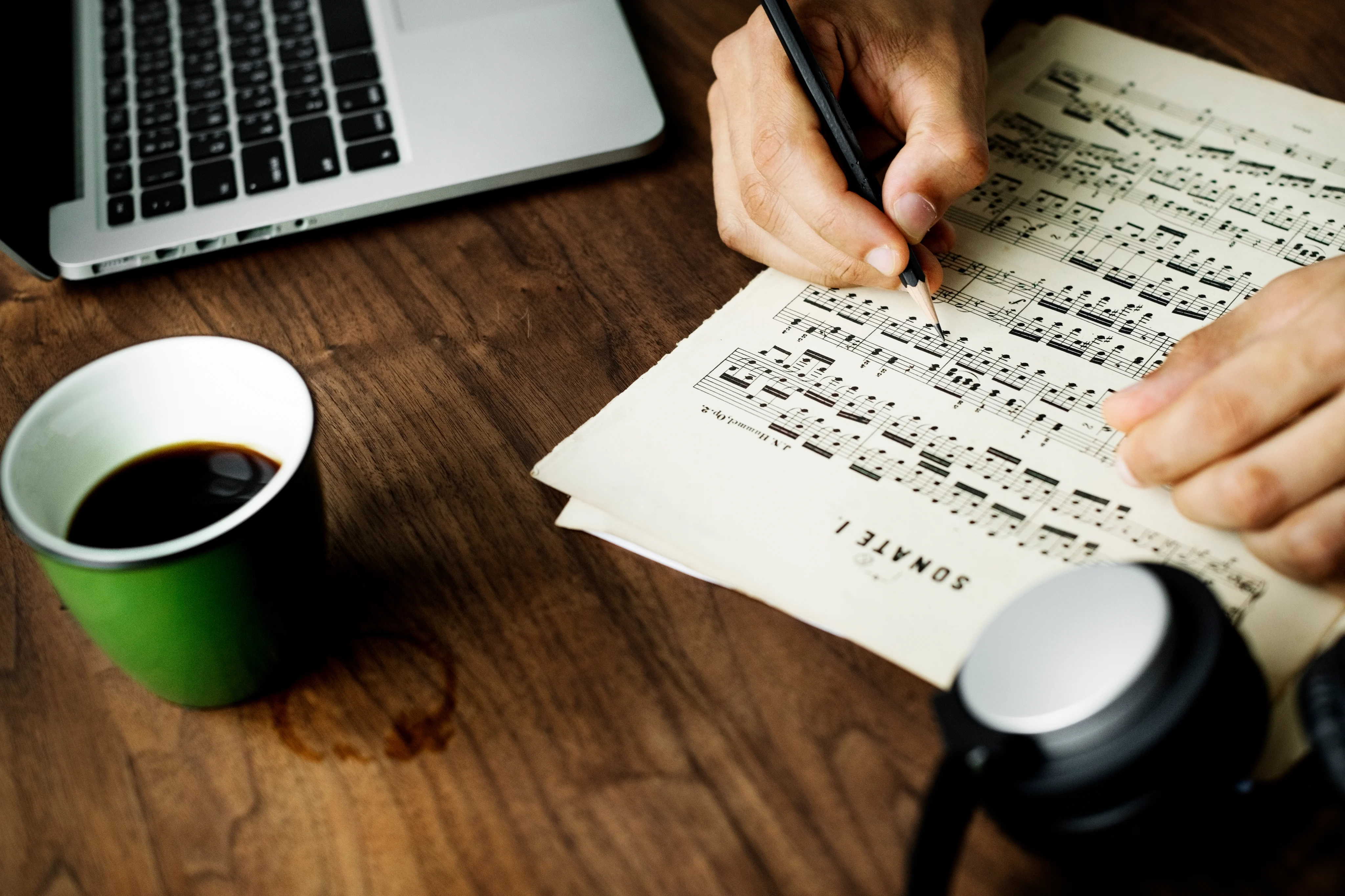Introduction
Listening is an essential skill in many aspects of life, whether you’re debating a topic with a friend or conveying your ideas at work. Another place where we use our ears significantly is when listening to music.
So is there such a thing as the right way of listening to music? While there is no right or wrong way, there’s a second mode of listening, called active listening. Here is how you can switch your active listening mode on.

What is Active Listening?
Active listening in music refers to the intentional choice to concentrate on a piece of music and not be distracted by any other stimuli. Music may be used as a background texture in everyday life, but when you remove distractions and focus your attention on the music, you enter the realm of active listening.
The simple definition is that you are focused on just one task: listening.
Why is Active Listening Important?
Active listening draws you closer to music and allows you to appreciate it on a whole new level. This process allows you to comprehend a piece of music’s creative structure and intricacies. The more actively you listen, the easier it will become. Active listening can assist you in noticing the many instruments within a piece of music or appreciating its richness.

5 Things to Pay Attention to When Listening to Music
By listening to these five components of a piece of music, you can build up your active listening skills.
- Melody: Focus on melody and how it sounds. What is its range? What principal instrument is responsible for the melody? Is there a melody in the voice? Is this constant or does it change? Or is there no discernible melody?
- Technique: Consider if you enjoy the way the instrumentalists and vocalists perform. There are possibilities of both, you may enjoy what you hear, or you may notice flaws.
- Instrumentation: Try to recognize every musical instrument on a record as an active listener. Try to pick out the distinct lines played by each artist if you’re listening to the music live.
- Style: Is the music you’re hearing connected with a certain musical genre? Do you identify elements of other styles? Try thinking of these points and see if you can make out the difference.
- Structure: In mainstream music, pay attention to the song form—verse, choruses, bridge, and so on—to see how the songwriter creates the piece. Try to recognize formal structures in classical music. A foundation in music theory can be extremely helpful in this regard.

How to Listen to Music: 5 Active Listening Approaches
Active listening is a very important skill that shouldn’t be overlooked. It can give a new perspective to your favorite song that you could be listening to for years. Let’s take a look at how listening to music the correct way can make such a difference-
- Experiment with ear training-
Begin your own music education by learning to identify various pitches, intervals, chords, and keys. Acquaint yourself with various forms of rhythm and other musical approaches, and recognize them in the music you’re listening to. With the help of online guitar lessons, you can gain knowledge about the usage of chords and the execution of the same.
- Place yourself at the ideal location-
In a live environment, find yourself in the center of the room or a corner where you feel relaxed, without any distractions. Choose a playback situation that encourages active listening.
- Listen to the song backwards actively. Playing the song backwards is a really good practice. It allows you to gain perspective and hear how different the song sounds when played backwards. This activity is similar to slowing down a music, as you begin to notice aspects of it that you would not ordinarily notice while it was playing at regular speed.
- Look for high-quality audio.
Streaming music services are handy and extensive, but they tend to compress audio files to the point that important acoustic character is lost. Listen to music in high-fidelity versions whenever feasible. There are some streaming services including hi-fi streaming choices that contain far more detail than conventional mp3 broadcasts.
- Write it down
Making notes after you’ve done active listening might assist you in improving your active listening abilities. You can take notes on what you observed and how it made you feel after each round. Another useful idea is to sketch what you heard and lay out the tune. You don’t even have to perform this throughout the entire song; you could simply do the chorus or the first verse. This method can be used for online piano lessons as well.
So there you have it, an active listening guide! Active listening is a crucial skill that should not be underestimated. After all, it enables you to gain a better comprehension of music and find previously unknown elements of it.
Conclusion
Remember that no one is born with a good musical ear and listening skills are developed over the years. Use the above mentioned tips for active listening and you’ll be a better musician in no time!
If you are interested in learning more about music then joining the best online music teaching platform is the easiest way to do it. At Artium Academy, we offer exemplary online music classes. Get access to our exclusive sessions now by booking a free trial! Visit our website for more.



_in_Indian_Classical_Music.jpg)












